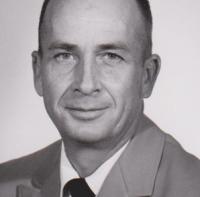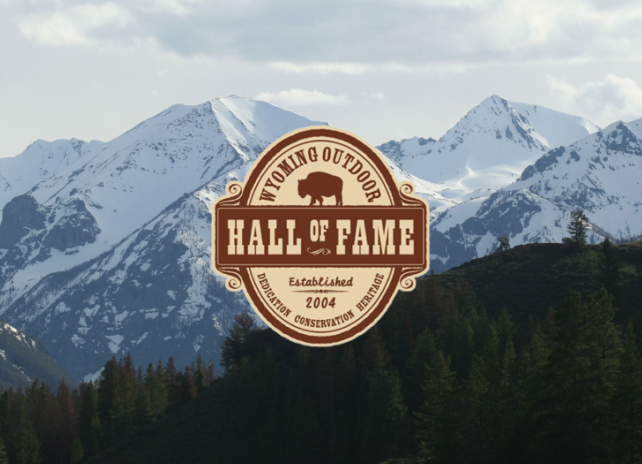
Wyoming Outdoor Hall of Fame
The Wyoming Outdoor Hall of Fame was created in 2004 by Governor Dave Freudenthal to honor those individuals, both living and posthumously, who have made significant, lasting, lifetime contributions to the conservation of Wyoming’s outdoor heritage.
Recognition is given to people who have worked consistently over many years to conserve Wyoming’s natural resources through volunteer service, environmental restoration, educational activities, audio/visual and written media, the arts and political and individual leadership. The Wyoming Outdoor Hall of Fame is designed to educate the public about and promote the significance of our state's rich outdoor heritage.
2025 Induction Ceremony
The next Wyoming Outdoor Hall of Fame induction ceremony will take place in March 2025 at the Buffalo Bill Center of the West in Cody.
Submit a Nomination
The Committee will accept nominations for the March 2025 induction ceremony starting March 1, 2024. The deadline to submit a nomination is Sept. 13, 2024.
Hall of Fame Nomination packet
Youth Conservationist of the Year Nomination Packet
Have questions? Please call 307-777-4637 for more information.
Get involved, become a sponsor
The outdoor industry is crucial for the state of Wyoming and the committee wants to continue to honor the people who make it possible.
All donations are tax deductible.
Have questions? Please call 307-777-4637 for more information.
Past Hall of Fame Inductees
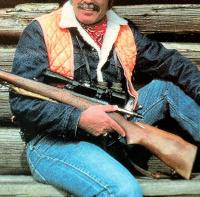
Jim Zumbo
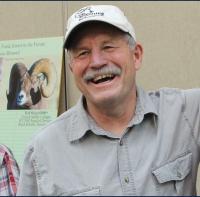
Steve Kilpatrick

Dr. Douglas Crowe
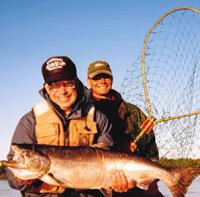
Wayne Hubert
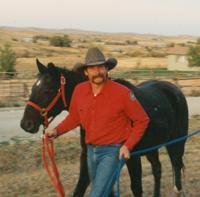
Thomas Ryder
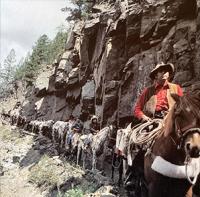
Ron Dube
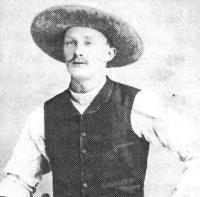
Albert Nelson
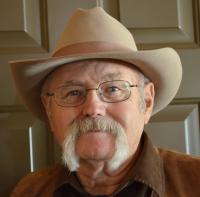
Duaine Hagen
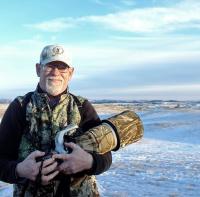
Richard Guenzel
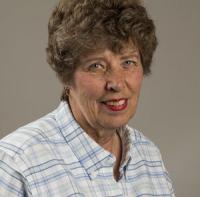
Helen Roylance
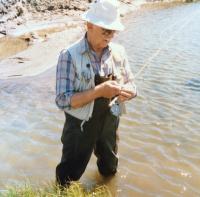
Glen Cole

Orrin and Lorraine Bonney
Mark Haroldson
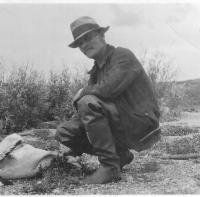
John Scott
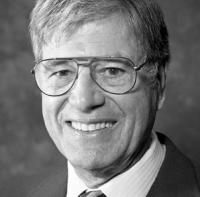
Dr. George T. Baxter
